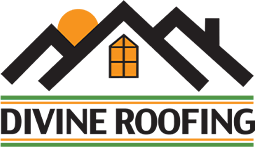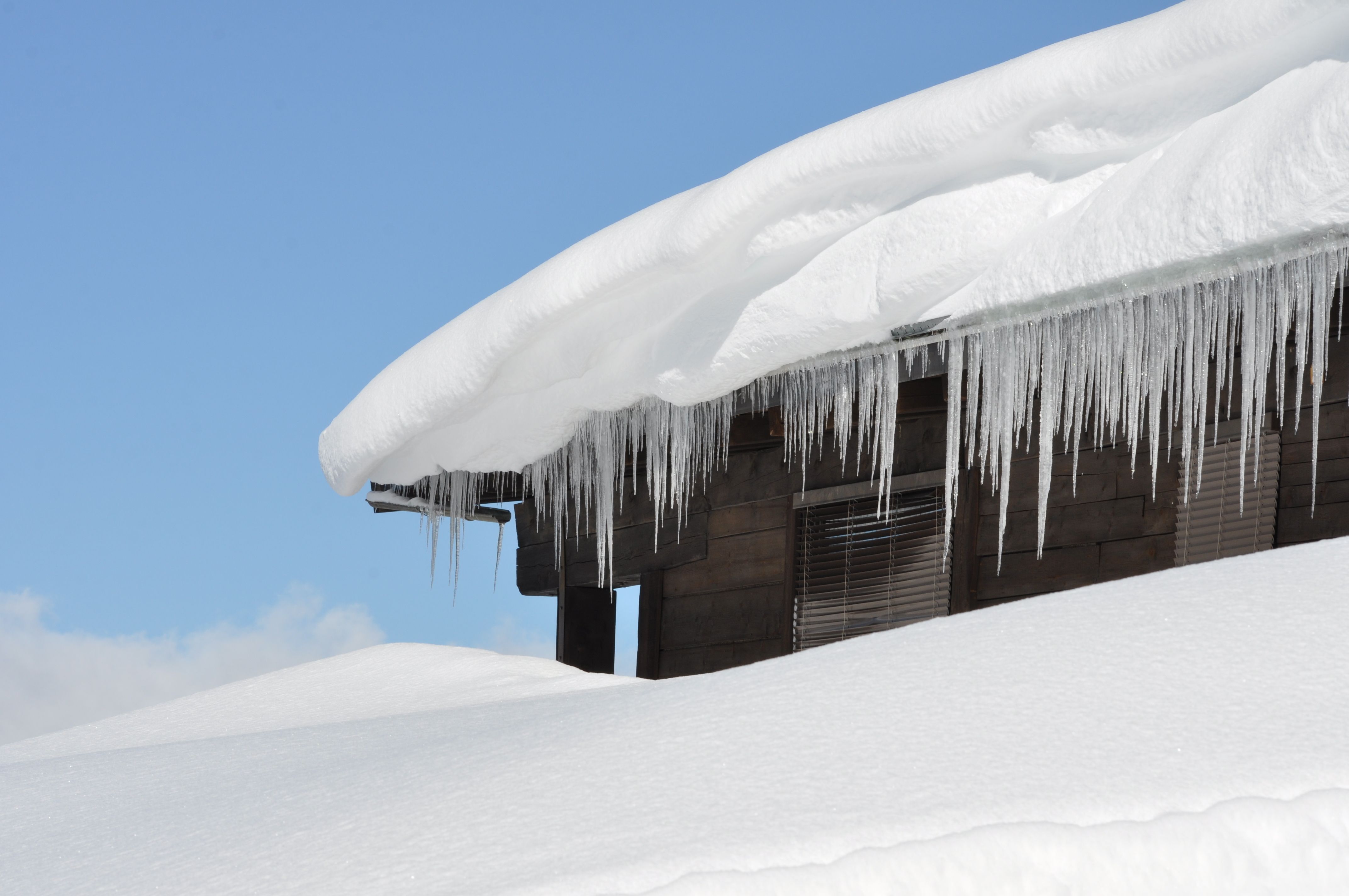With November finally arriving, the time is here to start getting your home ready for the harshness of a Colorado winter. You’ve probably already noticed temperatures dropping and before long snow will be coating rooftops all around the Colorado Springs area. While white-capped houses may be charming and beautiful, the snow can lead to a number of problems for your home. However, you can avoid many of these problems with some simple preparation through a process known as “winterization.”
It’s important to make sure to start the winterization process, before snow and ice start to accumulate on your roof and potentially cause damage. Here are some of the most important steps of winterizing your roof.
Clean Your Rain Gutters
Over the course of spring, summer, and autumn, your rain gutters can accumulate all sorts of different types of debris, including leaves, dust, dirt, sticks, mud, and much more. This debris can cause clogs or backups in your gutters that prevents water from being able to reach your downspouts where it can be safely carried away from your home. That means flooding can happen, and flooding can allow water to get beneath your shingles or roof tiles, causing damage to your underlayment and plywood decking.
Cleaning your gutters may not be the most fun or glorious part of home ownership, but it’s a necessary one to make sure your roof will continue to last and protect your home.
Insulate Your Attic
The insulation on your attic floor is extremely important for your energy efficiency and the condition of your roof. Heat naturally rises, and the heat that comes from your furnace is no exception. The insulation on your attic floor helps keep it down in your home below where it belongs, and improper or leaky insulation is incapable of doing this. When heat rises to the top of your attic, it can warm your roof, causing snow to melt. When the snow melts, it will trickle down your roof. As it reaches colder points on your roof, it will re-freeze and create dreaded ice dams.
Take some time to head into your attic and make sure your insulation is in good condition and fully covers your attic floor. Pay particularly close attention to spots where something protrudes through your ceiling and into the attic, as these are the most common sites for air leaks.
Remove Overhanging Tree Limbs
Tree limbs that are hanging over your roof present a lot of danger. For one, they act as sort of “snow catchers” that accumulate snow. That snow has weight, and over time that weight could become too much for the branch. As a result, the snow could give way, landing heavily on your roof and placing a lot of extra strain on it, which could result in damage.
Likewise, the branch itself could snap and fall on your roof. Falling tree branches cause tremendous damage to all types of roofs, and the added weight of snow only makes the impact more damaging. Falling branches can cause everything from broken tiles and shingles to cracked decking and even huge holes in your roof—the last thing you want to deal with during a wet and frigid winter.
Trimming branches away from your roof can prevent this from happening by making sure any falling branches land well away from your home.
Have Your Roof Inspected & Repaired
Finally, the most important step to winterizing your roof is to have it professionally inspected for damage. A qualified Colorado Springs roofer will look for things like crinkled caulking, damaged flashing, damaged or missing shingles, and so much more. These are the weak points in your roof that will likely be the source of leaks that could cause immense damage to your roof and your home.
A professional inspection from Divine Roofing will check on your roof’s condition and point out any of these weak spots. Whether you need minor or major roof repairs, your inspector will tell you what they find so you can get it fixed and make sure your roof is ready to withstand the stress of winter.
Schedule a roof inspection by calling Divine Roofing at (719) 497-1005 today!

